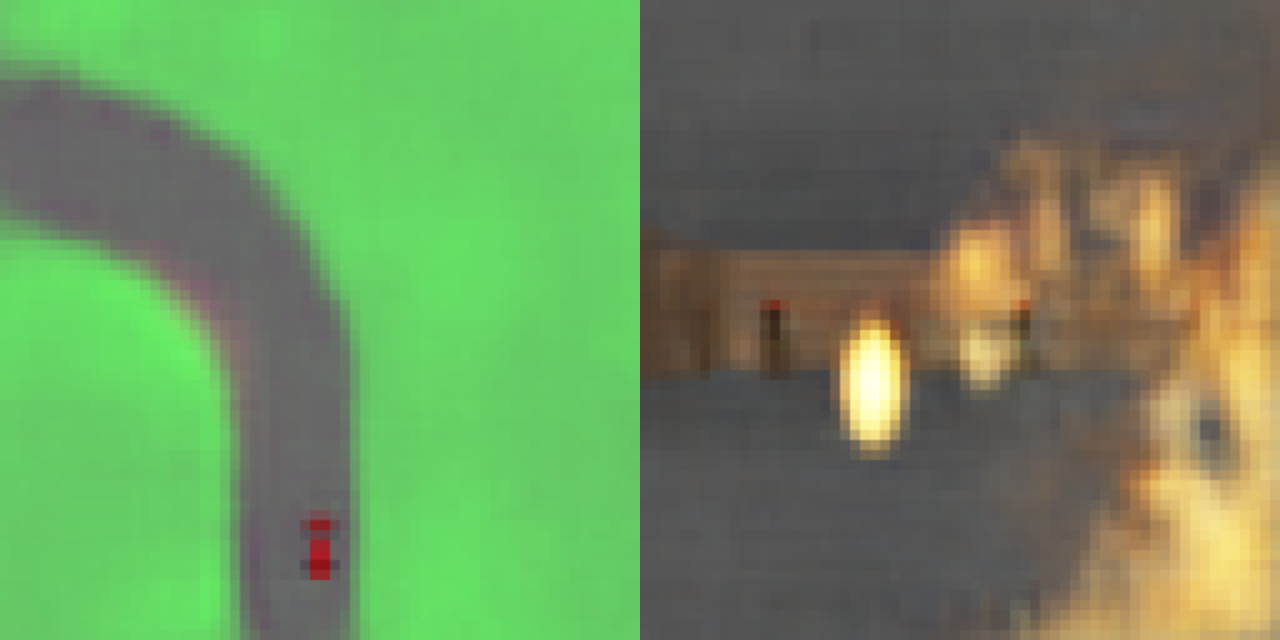Step by step instructions of reproducing World Models (pdf).
Update (May 26, 2020): If you are looking for a recent implementation that uses a more updated framework, refer to this implementation of World Models using TensorFlow 2.2 by @zacwellmer that reproduces all the experiments in our paper in a Docker container.
Please see blog post for step-by-step instructions.
Please note the library versions in the blog post. In particular, the experiments work on gym 0.9.x and does NOT work on gym 0.10.x. You can install the older version of gym using the command pip install gym==0.9.4, pip install numpy==1.13.3 etc.
If you find this project useful in an academic setting, please cite:
@incollection{ha2018worldmodels,
title = {Recurrent World Models Facilitate Policy Evolution},
author = {Ha, David and Schmidhuber, J{\"u}rgen},
booktitle = {Advances in Neural Information Processing Systems 31},
pages = {2451--2463},
year = {2018},
publisher = {Curran Associates, Inc.},
url = {https://papers.nips.cc/paper/7512-recurrent-world-models-facilitate-policy-evolution},
note = "\url{https://worldmodels.github.io}",
}For general discussion about the World Model article, there are already some good discussion threads here in the GitHub issues page of the interactive article. Please raise issues about this specific implementation in the issues page of this repo.
MIT





